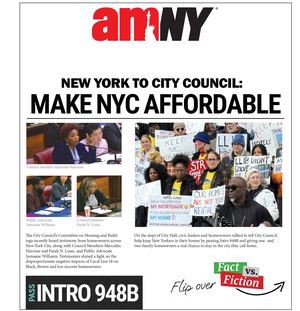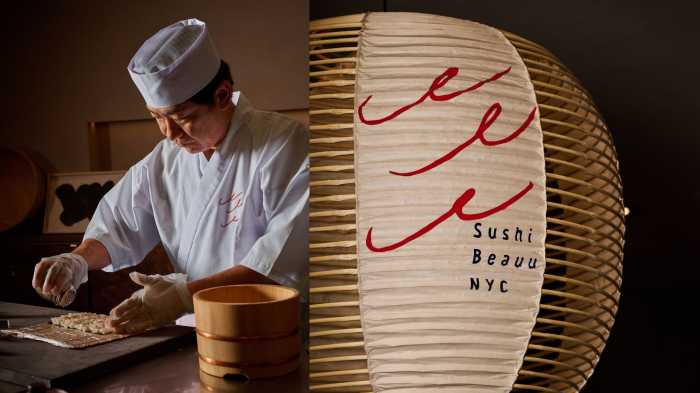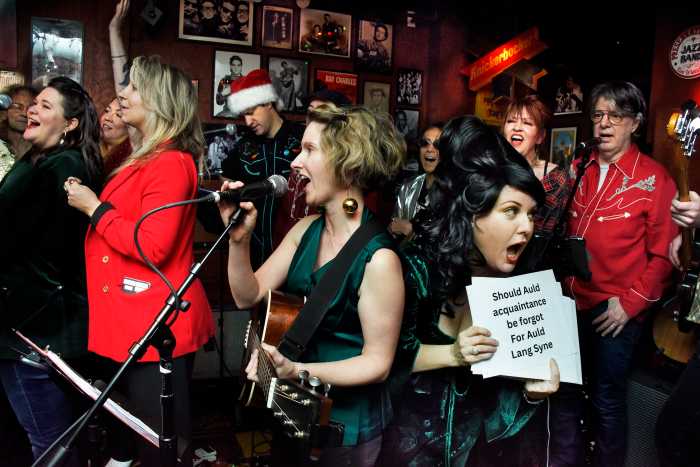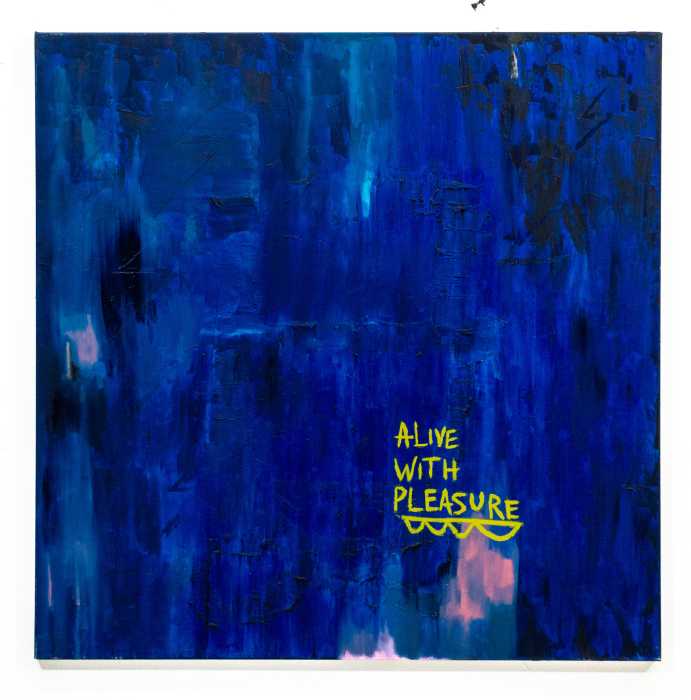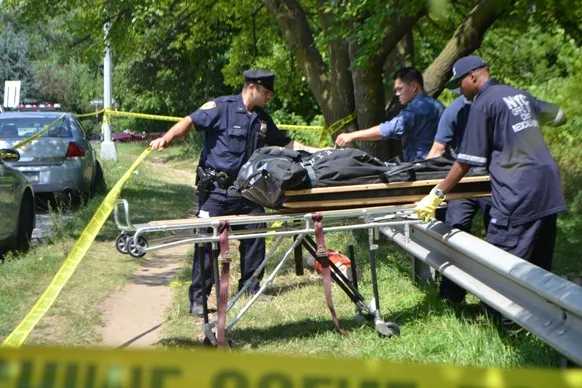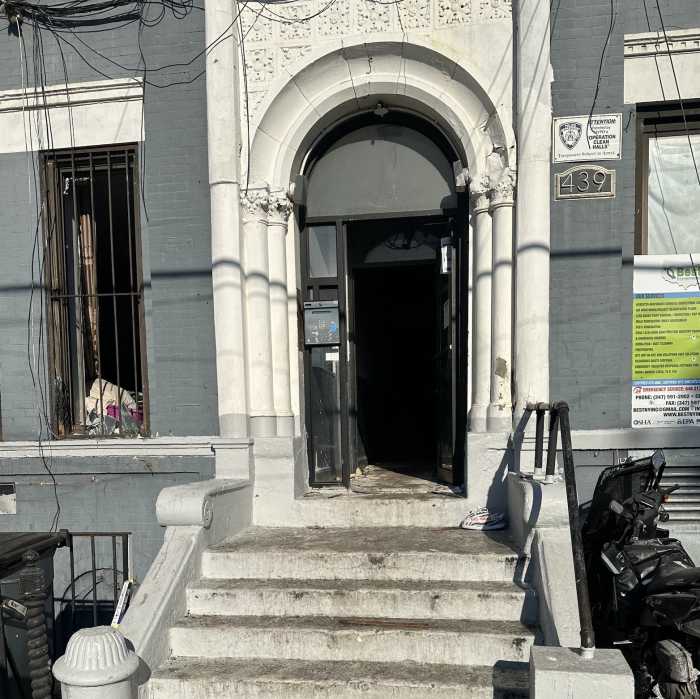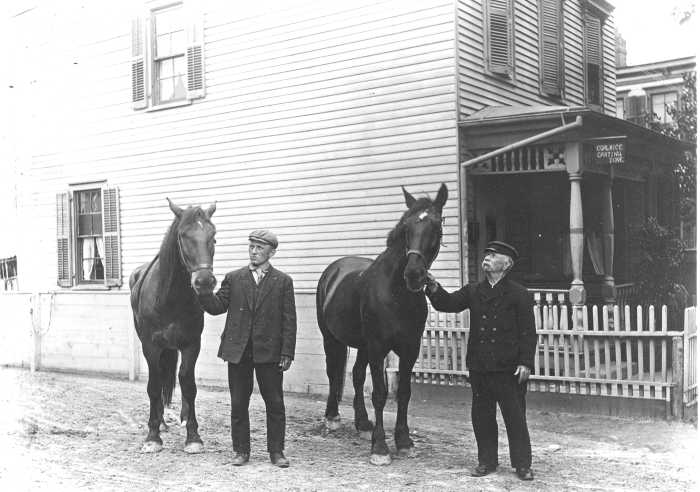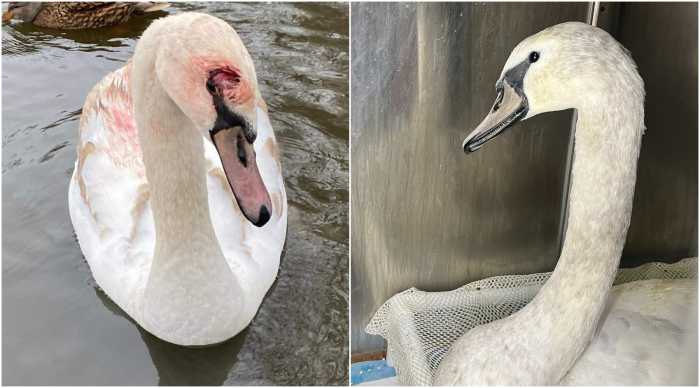A triple take on ‘Alice in Slasherland’
What happens when and editor, a director and a downtown playwright/performer go see the same play, then discuss it afterwards while enjoying a lavish diner meal on The Villager’s tab? See below for the answer. But first, meet our participants:
AUDREY CRABTREE is a creator of collaborative theater and co-artistic director of Ten Directions. She was a co-writer and performer in the Drama Desk Award winning, “Charlie Victor Romeo.” During the daylight she is Dr. Pepper in Big Apple Circus’s Clown Care Unit.
Frequent Villager contributor TRAV S.D. is a playwright, a performer and the author of “No Applause–Just Throw Money: The Book That Made Vaudeville Famous.”
SCOTT STIFFLER edits the Arts & Entertainment sections of The Villager, Downtown Express and Chelsea Now. He has performed sketch, stand-up, improv and solo comedy. Past shows include “Sammy’s at the Palace…at Don’t Tell Mama” — a cabaret spoof of Liza Minnelli’s gig at The Palace.
The Plot, according to the press release: “When young Lewis Diaz (Carlo Alban) accidentally resurrects the soul of a brutally slain girl named Alice (Amy Kim Waschke), he unwittingly unleashes a literal hell on Earth. Now with every sort of demon, monster, and killer ravaging his small town, Lewis along with his new girlfriend must find a way to close the rift before the big bad evil devil himself shows up and totally ruins their senior prom.”
Vampire Cowboys, according to their website, “is an award-winning “geek theatre” company that creates and produces new works of theatre based in action/adventure and dark comedy with a comic book aesthetic. The company pursues the mating of different genres with varied theatrical styles to create an eclectic structure to tell its stories. The company aims to bridge the gap between mass media entertainment and the performing arts, exposing the community to challenging, thought provoking live entertainment rooted in today’s pop-culture vernacular.”
SCOTT: This show was heavy on fight scenes and physical conflict; but I was surprised at how much of it didn’t strive to be completely realistic, like a slap in the face during a scene in a dramatic play, or a sword fight in a Shakespearian production.
AUDREY: I saw many shows at the Fight Festival at the Brick Theater (Brooklyn); and at first, I tend to think that too. You can look at it and say well you can see that they missed, and that punch didn’t connect. But we all get really spoiled by the movies. We see where they slow it down and they CGI it. I want to see that when I go see something on the stage, but it’s never like that, even in the very best of possibilities.
TRAV: The fight choreography is what I’m least interested in, so I was gratified that it only happened at the climax — and I was pleased that it was very funny.
SCOTT: Do you think because so much of the blood and violence had elements of humor, that it compensates for the fact that you’re not seeing Hollywood-style action?
TRAV: The action seemed to be about the comedy.
AUDREY: I think all Vampire Cowboys Theatre shows are comedy shows; but I don’t’ think all of the fighting is comedy. Part of it is serious within the context of the play. I also I like it when they’re fighting with music. It pumps up my energy and it’s probably also the influence of movies again. That’s what they do in movies; there’s always music underneath the fighting.
SCOTT: The play, and their whole style, seems very informed by movies. It opened with a filmed PSA about turning your cell phone, then there was that film in the middle that supposedly tells the true story of Alice in Wonderland.
AUDREY: I think Qui’s scripts are really fun. It was just so ridiculous.
SCOTT: It didn’t have a hip, smarmy tone of irony. It was a well-written comedy. There were a lot of stand-alone funny things in the scripts that had more to do with the characters and the situation rather than references to vampire slaying or horror films.
AUDREY: I thought Carlo, who played Louis, was great. He had such a nice ability to play two levels at a time.
TRAV: I definitely read it as a parody of contemporary horror. It’s several things smashed together. There’s definitely a strong element of that rather overworked genre where high schoolers have to deal with a monster. But there were also those moments where the girls are in the woods and they stop to have dramatic scenes two or three times in rapid succession. I felt like those scenes also played like parodies, but they were also very close to the real thing.
SCOTT: Those stand-alone dramatic scenes in the woods actually had something to say about the characters; and they had some kind of dramatic payoff later on.
TRAV: It’s very richly written and acted
AUDREY: It has the feeling of, ‘I’m sincere in this character and this role; but every once and awhile I’m gonna give you a look or an acknowledgement that I’m doing a parody.’
TRAV: Or the nature of the situation lets us do that.
SCOTT: Regarding the teddy bear who is manipulated, like a puppet, by a guy (Sheldon Best) who’s standing onstage. It’s very easy to believe because he nailed the voice and the character.
AUDREY: That goes back to Julie Taymor and The Lion King; this idea that we see how the magic is created, but then our minds are still engaged.
SCOTT: That’s because of the skills of the puppeteer and the sincerity of the performance. It makes it easy to see a man working a puppet and still believe in the bear as a character who’s just as real as the humans. After awhile, I was really just watching the bear, not the puppeteer.
AUDREY: I was watching both. It was equally fun to look at the puppet, and to look at the man.
TRAV: It’s amazing how much expression he got out of a teddy bear whose facial expressions don’t change; just the mouth and the body movements.
AUDREY: There was a little bit of theater magic; how did they do it when they put the bear into the backpack and its mouth moved?
TRAV: There’s so many production elements that came off perfectly. I’d like to know how long their process was
AUDREY: Part of that has to do with (Producer) Abby Marcus being very organized and focused — and I do know that Vampire Cowboys has a long creative process.
AUDREY: They said a couple times during the play that this had nothing to do with Alice in Wonderland. Do you agree?
TRAV: It seems to have very little to do with Alice in Wonderland. An adventure drops into somebody’s life, but that’s about it.
SCOT: It’s very much about people thrust into a land of absurdity where you’re not in control, and in that way, yeah, you could say it’s like Alice in Wonderland.
AUDREY: I loved Andrea (Marie Smith), when she first came out as that misshapen demon.
TRAV: She was great as the demon, very funny.
AUDREY: Bonnie Sherman, who played Margaret; she was great. But Amy Kim Waschke, who played the namesake (Alice), was the least strong of the females. I felt engaged and connected with the other two women. They had a stage presence and a stage confidence.
SCOTT: In all fairness, though, the character of Alice is a cipher. She’s literally not fleshed out as much as the others. What about the effects, the blood gore and illusions?
TRAV: The really great effect was when the demon sprouted bat wings.
AUDREY: It was spectacle in a small theater.
TRAV: I think it would be very instructive for a lot of unimaginative producers and directors to see a show like this. When you’re sending plays out, the instructions the theater will give will be like, ‘Please, don’t write any jet airplanes into the script.—this is a theater, not the movies.’ But all you need is a shoebox and some crayons and you can make magic in the theater.
SCOTT: So, had we not gotten press comps, do you think you would have gotten your money’s worth?
AUDREY: Yeah, definitely.
TRAV: I never pay for theater.
SCOTT: But is this theater worth paying for?
AUDREY: Yes. It’s entertaining, it’s fun; it’s surprising; and I did like the message at the end; speak what you feel.
